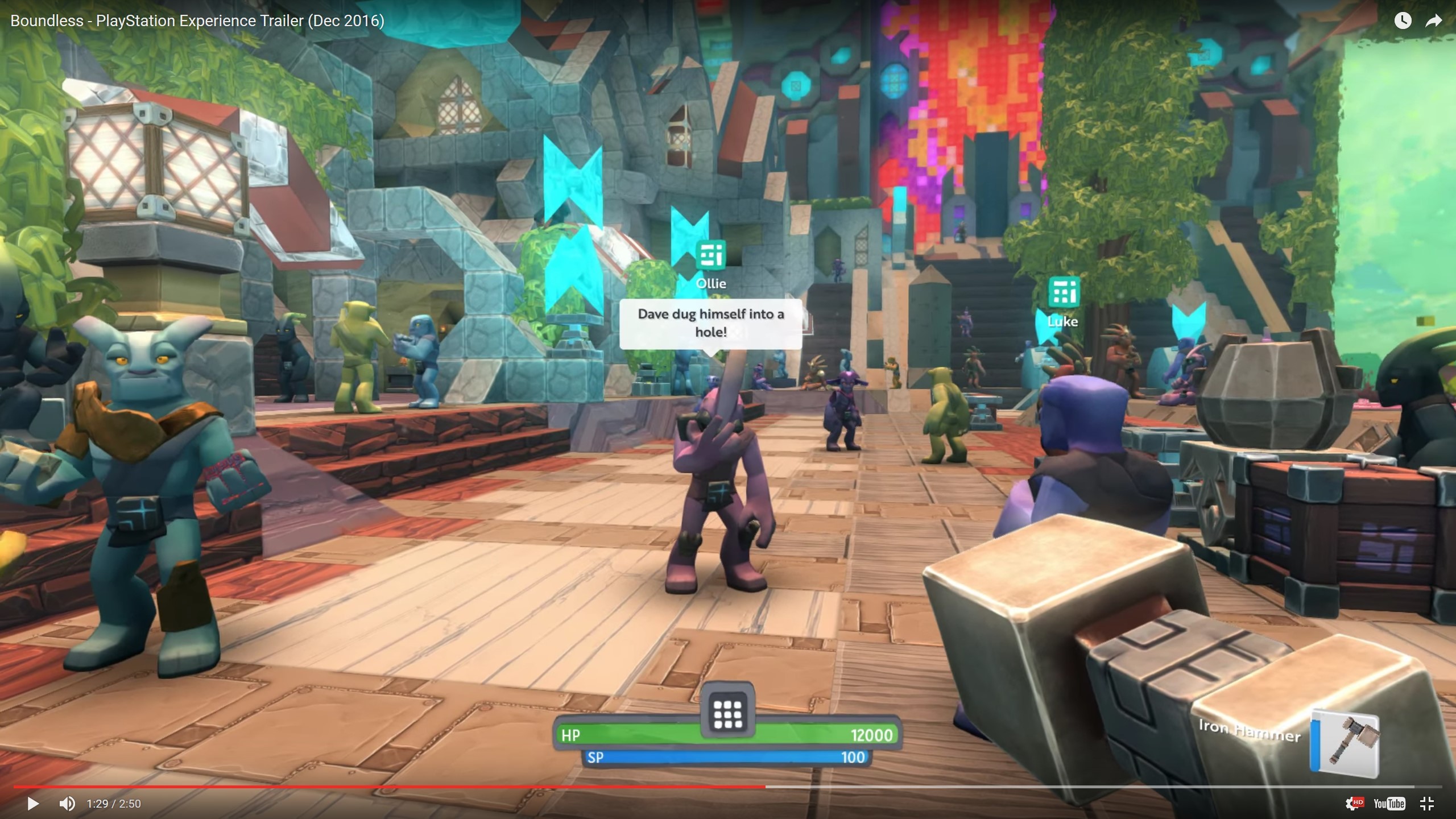

But the real conflict is between Ruka’s inherent shyness and the sheer scope of the discovery that awaits her. Now they’re being taken care of at the aquarium, where some of the scientists fret about their life expectancy, while others selfishly hope the boys will lead them to the Birth Festival - a rare marine phenomenon whose study they believe “will lead to a drastic advance in oceanic sciences.” Here, as in movies like “Splash,” Watanabe exploits that age-old tension between those who recognize a rare and fragile being that they wish to protect and the callous impulse to experiment on such an unfamiliar entity. One afternoon, while visiting her father’s workplace, Ruka discovers Umi, who along with older brother Sora were raised at sea by a dugong. Among humans, only she can hear “the song of the stars,” and sometimes, when she runs fast enough, Ruka’s convinced that she can fly.


Why would the cosmos choose her, Ruka modestly wonders? And yet, she does feel special. Watanabe’s team takes the trouble to show a crushed beer can settling in its recycling bag, to show sunlight playing across a foyer as the door opens and to linger as a set of wet footprints evaporate in the sun.Īt first, on the surface, the film seems to be another story of an ordinary, slightly awkward teenager who feels misunderstood by his or her peers (the setup for countless YA fantasies, from “The Neverending Story” to “Twilight”) before, in this case, stumbling across a pair of mysterious young men whose sudden interest seems almost overwhelming.
BOUNDLESS GAME REVIEW SERIES
This latest feat from Studio 4☌ (the team behind “Mind Game” and “MFKZ”) uses the medium in surprising ways, beginning intimate and modest before giving Ruka the answers to all the universe’s questions in a psychedelic finale that’s every bit as trippy as the “Star Child” sequence from “2001: A Space Odyssey.”Įven though many an anime film or TV series has gone bonkers in the climactic stretch (the brain-expanding singularity at the end of “Akira” comes to mind, or the total eradication of the human race at the end of “Neon Genesis Evangelion”), “Children of Sea” catches you off-guard, if only because it so convincingly establishes a sense of realism in its opening stretch. But now that Hayao Miyazaki has more or less thrown in the towel, it’s time to open our minds to what Japan’s other great toon outfits are capable of - and in that respect, “Children of the Sea” is something to be celebrated. Some audiences won’t go anywhere near anime, no matter how enthusiastic the endorsement, whereas others limit their exposure to only Studio Ghibli movies. This wide-eyed loner may be “just” an anime character, but she’s as relatable as any live-action teenager you might meet on screen this year, thanks to the splendid attention to detail and seemingly boundless imagination that characterizes “ Children of the Sea,” director Ayumu Watanabe’s stunning adaptation of the prize-winning manga by Daisuke Igarashi. At home, her parents are absent or distracted most of the time: Ruka’s dad works at the local aquarium, while her mother spends her days drinking beer alone. At age 14, Ruka feels adrift in the world.


 0 kommentar(er)
0 kommentar(er)
